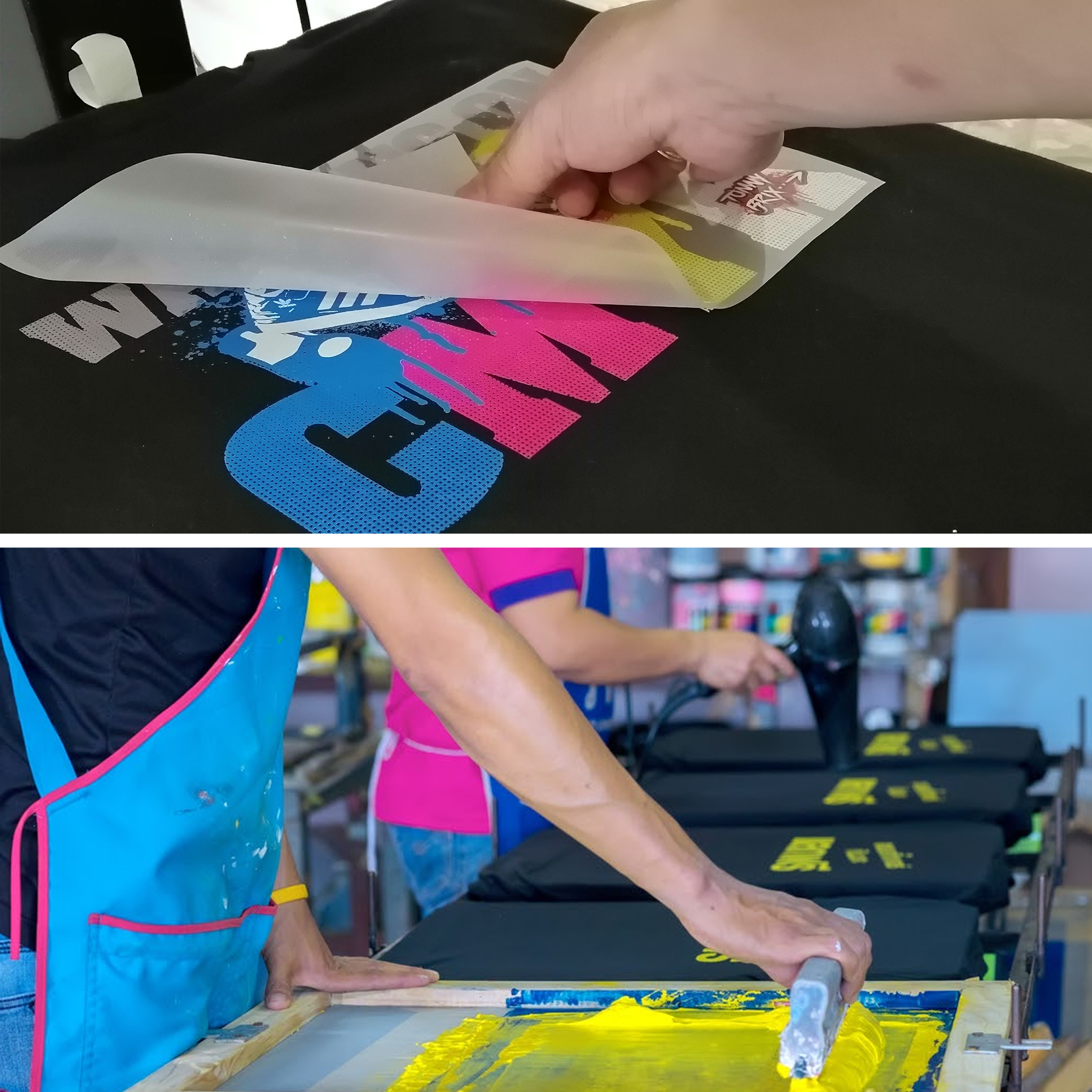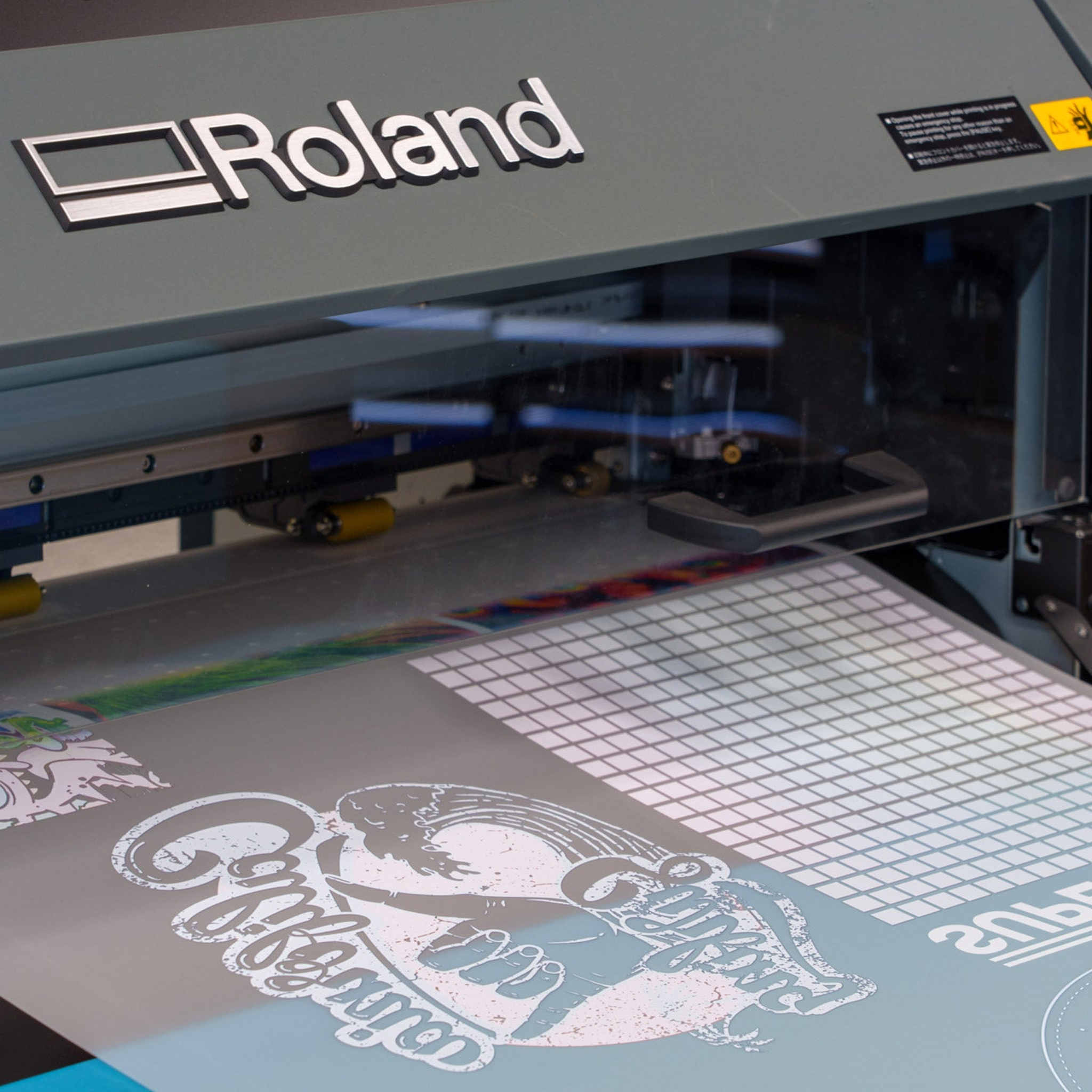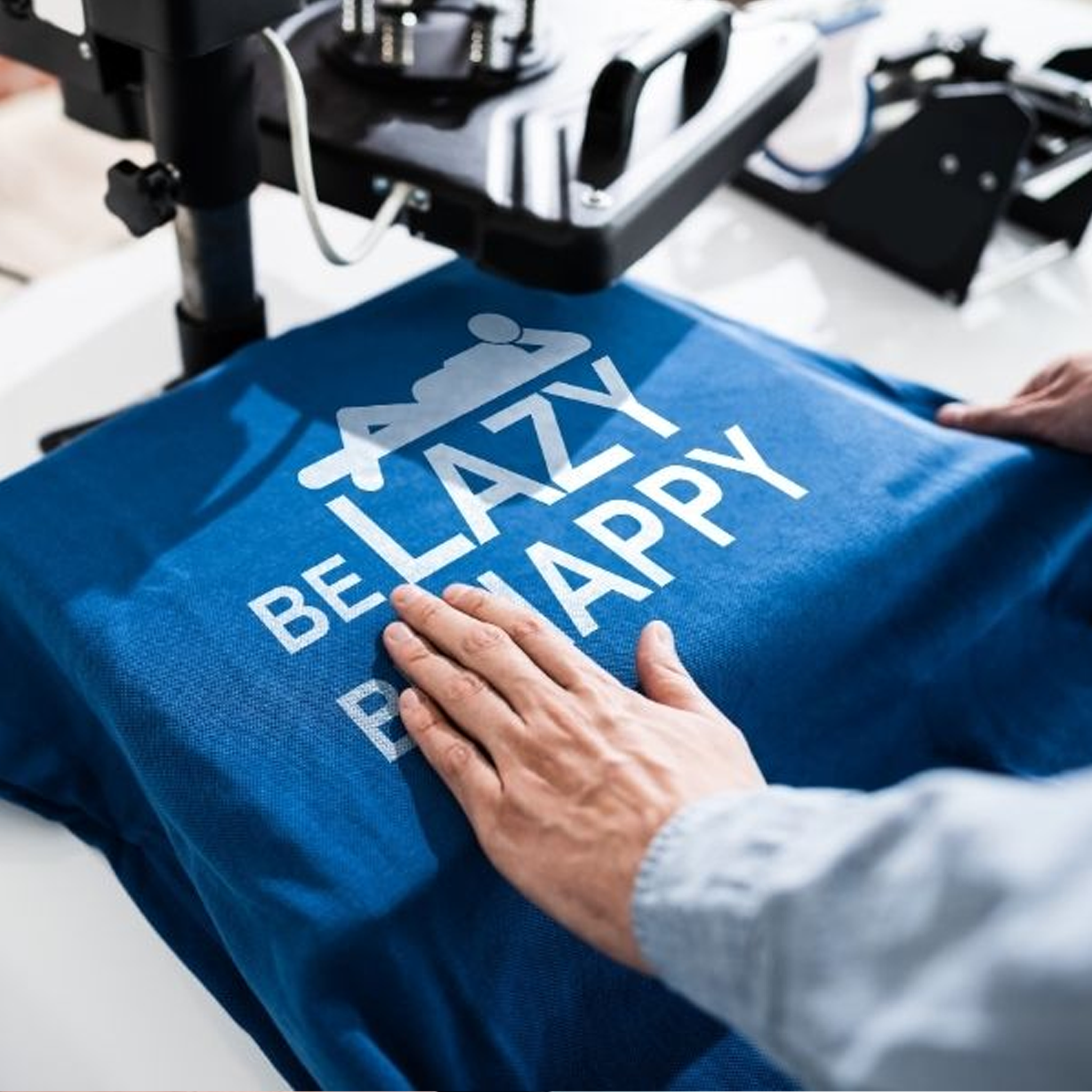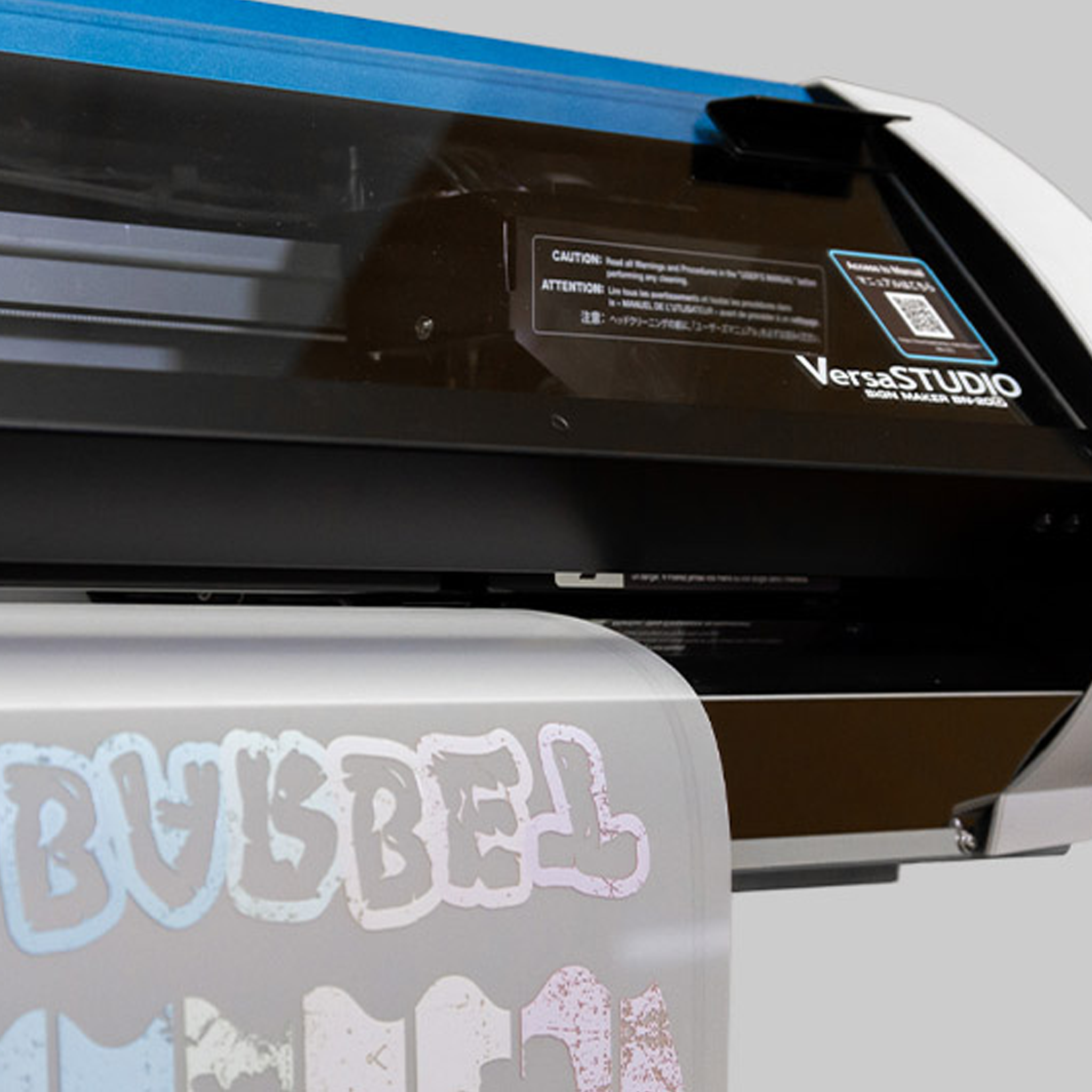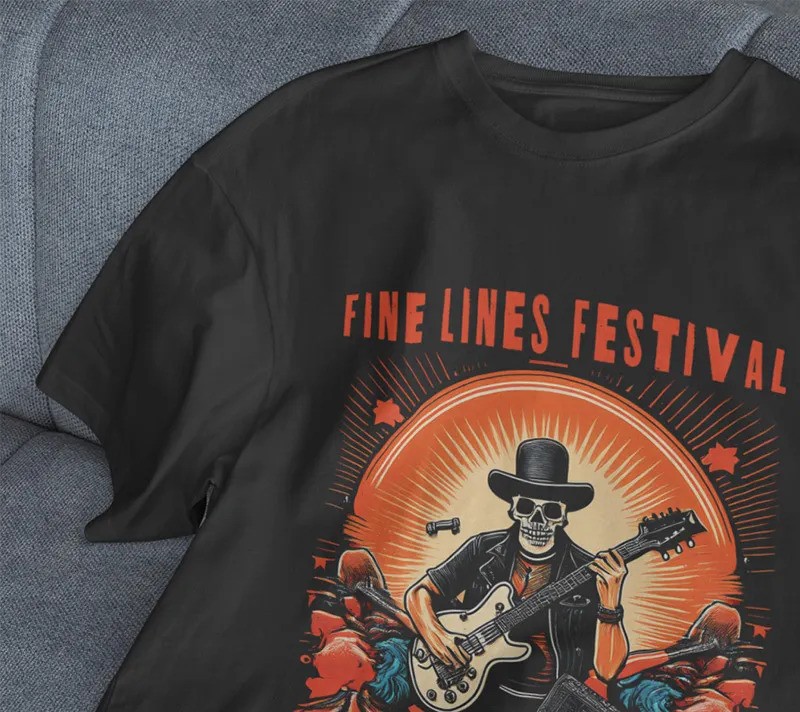Tag: t-shirt printing
Printing High-Quality T-Shirts Using Printers
T-shirt printing has become a major part of the clothing and promotional products industry. Printers make it possible to produce high-quality designs faster and with less effort compared to traditional methods. This has opened opportunities for small businesses, apparel brands, and individuals who want to create unique, custom-made garments. In this article, we will discuss garment printing, the main types of t-shirt printing, how the process works, and the best printers in 2025.
What is Garment Printing
Garment printing is the process of applying designs onto clothing using different printing technologies. It is used for fashion, promotional items, uniforms, sportswear, and even custom gifts. The process can be adapted to different fabrics, order sizes, and design styles. The goal is to produce prints that are visually appealing and durable enough to withstand repeated use and washing.
Different Types of T-Shirt Printing
There are several ways to print designs on t-shirts. Each method has its strengths and limitations, making it suitable for different needs.
Here are the most common types of t-shirt printing:
- Screen Printing – Uses a mesh stencil to press ink onto the fabric. Ideal for bold designs and large runs.
- DTF (Direct-to-Film) Printing – Prints a design onto a special film, applies adhesive powder, and transfers it to the shirt using heat. Works well on cotton, polyester, blends, and more.
- DTG (Direct-to-Garment) Printing – Sprays ink directly onto the garment. Produces high-resolution, full-colour designs with smooth gradients.
- Heat Transfer Vinyl (HTV) – Cuts designs from vinyl sheets and applies them with a heat press. Best for lettering and simple graphics.
- Sublimation Printing – Transfers dye into polyester fabrics for vibrant, long-lasting prints. Not suitable for cotton garments.
DTF vs DTG Printing
Direct-to-Film and Direct-to-Garment printing are both popular in the custom apparel industry, but they work in different ways and are suited for different needs.
DTF printing is more versatile when it comes to fabric types. Since the design is printed onto film first, it can be transferred to cotton, polyester, blends, denim, and other materials. The print sits on top of the fabric, which gives it a slightly textured feel but also makes it more durable in certain conditions. DTF prints are resistant to cracking and can withstand frequent washing. This method is also more cost-effective for small runs because there is less setup time and no need for pretreatment on most fabrics.
DTG printing produces a softer feel because the ink soaks directly into the fibres of the garment. It is excellent for high-detail designs, gradients, and photographic prints. However, DTG works best on 100% cotton and requires pretreatment for dark garments. It is ideal for customers who prioritize a natural fabric feel and high-resolution imagery. On the downside, DTG may not be as durable as DTF when it comes to heavy wear, especially.
In short, DTF is the better choice for all-around fabric compatibility, durability, and production flexibility, while DTG excels in producing vibrant, soft, and highly detailed prints on cotton garments. Businesses often choose based on the type of apparel they sell and their customers’ expectations.
Further reading:
14 Most Frequently Asked Questions About DTG Printing
9 Most Frequently Asked Questions about Direct-to-Film Printing
T-Shirt Printing Process
T-shirt printing with printers follows a series of steps to ensure the design looks professional and lasts a long time. The process differs slightly between DTF and DTG, but the basic flow is similar.
Here is the step-by-step process:
- Create Your Design – Use graphic design software to make your artwork. Make sure the image is high resolution, in the correct colour format (usually RGB for design, converted to CMYK for printing), and sized exactly for the shirt area.
- Prepare the Printer – For DTF, load the printer with DTF ink and the correct type of transfer film. For DTG, load the garment directly onto the printer’s platen and ensure it is flat and secure. Always check ink levels and run a nozzle test before printing.
- Print the Design – In DTG, the printer sprays ink directly onto the fabric, creating a smooth and detailed print. In DTF, the printer applies the design onto a special PET film, often printing a white base layer first, followed by colour layers.
- Apply Adhesive Powder (DTF Only) – While the print on the film is still wet, evenly coat it with hot melt adhesive powder. Shake off excess powder to avoid uneven transfers.
- Cure or Dry the Print – For DTG, use a heat press or curing tunnel to set the ink into the fibres. For DTF, use a curing oven or heat press without pressure to melt the adhesive powder and prepare it for transfer.
- Transfer to the Shirt (DTF) – Position the cured DTF film on the shirt. Use a heat press at the recommended temperature and time to bond the design to the fabric. Peel the film carefully, following either a hot or cold peel method depending on the film type.
- Final Inspection – Check the print for correct placement, sharpness, and colour accuracy. Ensure there are no smudges, ink bleeding, or peeling edges. Once approved, fold, package, or ship the finished garment.
Best DTF and DTG Printers in 2025
Currently, advanced DTF and DTG printers have made it easier for businesses to produce high-quality t-shirt prints quickly. These printers combine speed, colour accuracy, and ease of use to meet the demands of both small and large production setups.
Two standout models this year are the Roland VersaStudio BY-20 and the Roland DTF Printer TY-300.

Roland DG has released the latest and most innovative Direct-to-Film printer, the Roland VersaStudio BY-20. It’s a highly versatile desktop device ideal for a range of direct-to-film apparel applications, such as creating custom T-shirts, sportswear, tote bags, and more. With its compact design, it is even perfect for small businesses that have small production space.

Another latest DTF printer is the Roland DTF Printer TY-300. It is a high-performance direct-to-film printer that produces vibrant graphics on various materials, including cotton and polyester. Create custom apparel and textiles with DTF technology that delivers bright colours, sharp text, and fine details while saving time and costs.
Further reading:
Investing in a Direct-to-Garment (DTG) Printing Business
8 Reasons to Invest in a Direct-to-Film Printing Business
T-shirt printing using printers has transformed custom apparel production. Whether you choose DTF for its flexibility and durability or DTG for its soft, high-detail prints, both methods offer professional-quality results. With the right equipment, such as the Roland VersaStudio BY-20 or the Roland TY-300, businesses can produce consistent, high-quality prints that meet customer expectations. The future of garment printing is more accessible than ever, opening opportunities for entrepreneurs, designers, and established apparel brands to create and sell unique products.
For business owners looking to venture into the world of garment printing or upgrade their existing equipment, the future of customized apparel is at your fingertips. Explore our range of cutting-edge DTF printing machines that can help you unlock new opportunities, streamline production, and stand out in the market. Contact us today to learn more about the best DTG solutions tailored to your specific needs.





